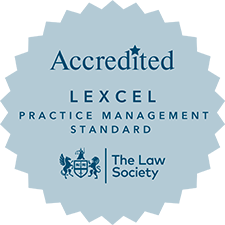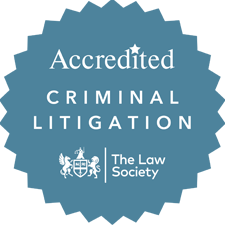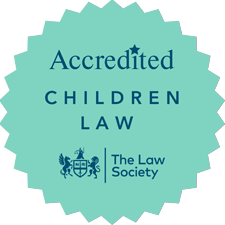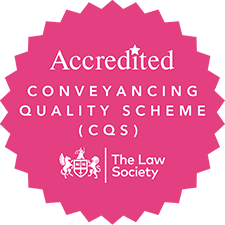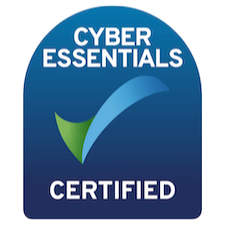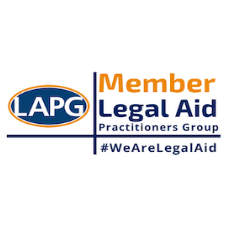An application for exceptional hardship can be made when a driver accumulates 12 or more penalty points on their licence within any 3-year period, leading to a potential disqualification under the totting up ban provisions in Section 35 of the Road Traffic Offenders Act 1988.
The totting up ban imposes a mandatory disqualification for a minimum of 6 months. However, if the application for exceptional hardship is successful, the driver will avoid disqualification, although their licence will still be endorsed with penalty points.
What is exceptional hardship?
Exceptional hardship refers to significant hardship caused by a driving ban, particularly when it impacts others or the applicant’s essential responsibilities. It must go beyond the ordinary inconvenience of losing a driving licence.
The court will consider evidence of hardship, such as loss of employment, caring responsibilities, or other circumstances where the driving ban would cause extreme difficulties.
What amounts to exceptional hardship?
To succeed with an exceptional hardship application, you must show that disqualification would result in severe hardship to you, and more importantly, to others who rely on you.
Examples of exceptional hardship arguments include:
- Caring responsibilities:
“I care for my disabled mother who lives in a remote village poorly served by public transport. Without my licence, I cannot take her to essential hospital appointments.” - Financial impact:
“I am the sole provider for my family. Losing my licence would cost me my job, leading to missed mortgage payments and financial hardship for my dependents.” - Work requirements:
“My job involves traveling across large areas with equipment that cannot be transported via public transport. Losing my licence would significantly impact my employer and clients.” - Support for family members:
“I assist my daughter, a single parent, by taking her children to school so she can work. Without my licence, she would be forced to give up her job.”
The exceptional hardship proof should include supporting documents such as:
- Employer letters confirming the impact of losing your job.
- Statements from individuals relying on your driving.
- Medical evidence or letters regarding caring responsibilities.
The court gives more weight to arguments demonstrating hardship to others rather than personal inconvenience.
What if penalty points have come off my licence by the time I go to court?
The relevant date for the totting up ban is the date of the offence, not the date you attend court. This means that even if penalty points have since expired, the court will consider the total points at the time of the offence.
If the offence brought your total points to 12 or more within a 3-year period, you may still face disqualification.
How long is a ‘totting up’ ban?
The minimum period for a totting up ban is:
- 6 months — if you get 12 or more penalty points within 3 years.
- 1 year — if you get a second disqualification within 3 years.
- 2 years — if you get a third disqualification within 3 years.
How is an exceptional hardship application made?
An exceptional hardship application is made at a formal court hearing in the Magistrates’ court.
The process includes:
- Admitting the offence: The court notes you are liable for disqualification under the totting up provisions.
- Making representations: You present evidence supporting your exceptional hardship argument, including written documents.
- Taking an Oath: You must confirm your evidence under Oath.
- Cross-examination: The prosecution may question your arguments, including the practicality of alternatives like public transport or taxis.
- Questions from the court: The Magistrates or District Judge may ask for clarification to decide whether exceptional hardship applies.
How often can I apply for exceptional hardship?
You can make an application for exceptional hardship more than once, but you cannot use the same reasons within a 3-year period.
If your circumstances have changed, you may use new arguments. For example:
- Previous application: Loss of licence would cost you your job.
- New application: You now have caring responsibilities for a family member.
How to win an exceptional hardship case?
To improve your exceptional hardship success rate, ensure you present a strong case with credible evidence. Steps to increase your chances include:
- Detailed evidence: Provide clear, documented proof, such as employer letters, financial statements, or medical records.
- Focus on others: Demonstrate hardship to others, such as dependents, employers, or relatives.
- Prepare for cross-examination: Be ready to answer questions about public transport alternatives or whether others can assist.
- Legal representation: Engage experienced totting up ban solicitors who can present your case effectively.
Can you appeal exceptional hardship?
Yes, if the court refuses your exceptional hardship application, you can appeal the decision.
An appeal must be filed promptly, and the case will be reheard in the Crown Court. It is vital to seek legal advice when considering an appeal to determine whether you have grounds for success.
How our solicitors can help you
At Johnson Astills, our specialist criminal defence solicitors have extensive experience in dealing with motoring offences, totting up bans and exceptional hardship applications.
We can help you:
- Understand whether you have grounds for an exceptional hardship argument.
- Gather the necessary proof and supporting evidence for your case.
- Represent you effectively at court hearings to maximise your chances of success.
Contact us today for advice or to find out more about our services by giving us a call at your local branch in Leicester or Loughborough, or by filling in our online enquiry form.

